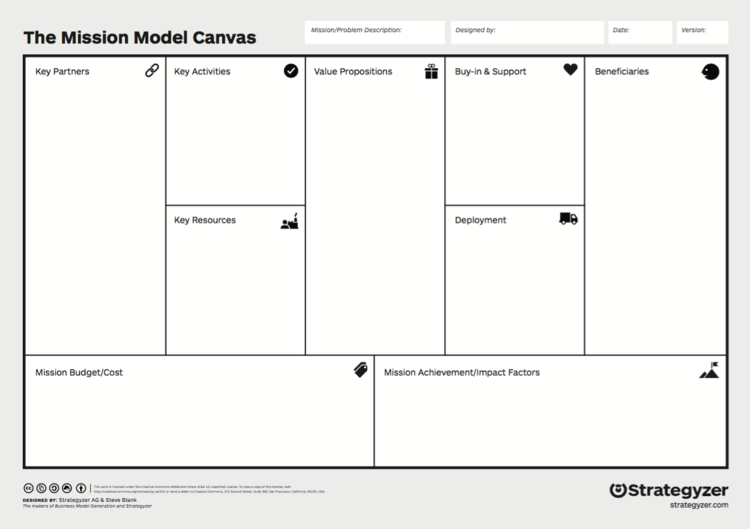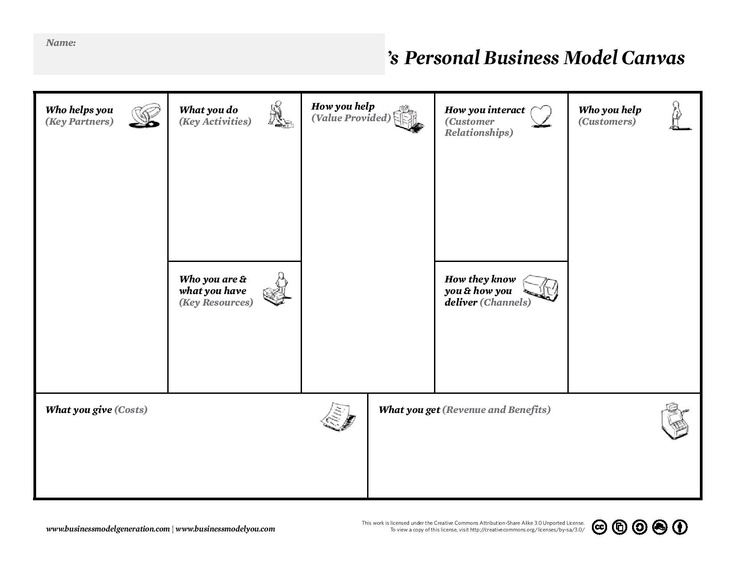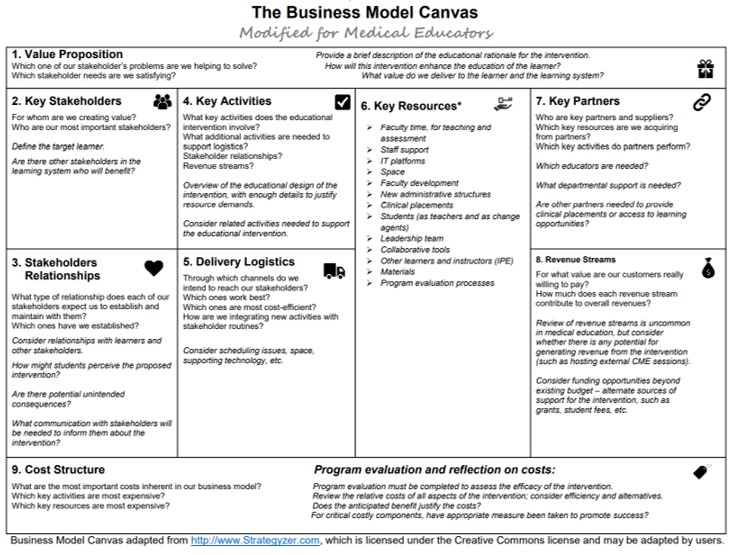
GUEST POST from Arlen Meyers
Whether you are a physician entrepreneur or intrapreneur, the primary thing that matters is that you can recruit people to help you and find the assets you need to be successful.
In the initial stages of your career, one of the most important things you can do is build relationships that will have a significant impact on your life over time. These five relationships can accelerate your path to a promotion, increase your visibility within an organization, and stretch you beyond your comfort zone into to the leader you aspire to be.
- Mentor: A mentor can help you broaden your functional expertise, grow your emotional intelligence, and learn your company’s unwritten rules.
- Sponsor: While mentors give you advice and perspective, sponsors advocate on your behalf and in some cases, directly present you with career advancement opportunities.
- Partner: A partner is an ally or peer who can serve as a sounding board to broaden your perspective. This relationship is fueled by trust, a shared drive to succeed, and the recognition that you can do better together.
- Competitor: Competition between peers is inevitable. And, when used correctly, it leads to improved performance, breakthrough ideas, and greater drive to get things done.
- Mentee: Becoming a mentor will teach you how to bring out the best in others, recognize their strength, give feedback, and coach. In turn, it will push you to be better and to strive for more.
For workers just starting their careers, remote setups come with significant challenges, according to journalists Anne Helen Petersen and Charlie Warzel. While companies adapted to get work done virtually, in-person policies such as mentorship programs and networking events did not always make the transition, leaving new employees feeling adrift. When the authors asked early-career workers what resources they’d most benefit from, many wanted a “clearly delineated mentor who — crucially — was not also their supervisor or in charge of evaluating their performance.”
There’s an old African proverb that says, “It takes a village to raise a child.” The idea here is that young people need to interact with and build relationships with a variety of people to grow up well-versed and thrive. This can also be applied to the workplace, specifically to early career professionals.
In the initial stages of your career, one of the most important things you can do is build a village of your own. We’re not talking about a college network, LinkedIn friends, or the people who you met one time at a conference. We’re referring to the relationships that will have a significant impact on your life over time — ones that can accelerate your path to a promotion, increase your visibility within an organization, and stretch you beyond your comfort zone into to the leader you aspire to be.
Throughout our careers as executive coaches, we’ve seen success manifest as a result of these connections. In fact, there are five relationships that we believe are key to anyone’s professional growth. Think of them as your personal board of directors. It will take time to build meaningful relationships with each, so you better start NOW.
1. The Mentor
When a more experienced person teaches someone new, the knowledge transfer that takes place is unparalleled. Some of the most successful people ever have mentors to thank (in part) for their careers. Treasury Secretary Larry Summers mentored Facebook COO Sheryl Sandberg. Author and poet Maya Angelou mentored Oprah Winfrey, and music legend Ray Charles mentored the equally talented Quincy Jones.
Think of a mentor as the north star that will keep you on track when you’re feeling lost at work. They are the one person inside (or outside) of your organization who you can turn to for guidance — whether you are looking to expand your industry knowledge, navigate a difficult conversation, listen to feedback on a project, or get some encouragement when times are tough. They are reliable, wise, and most importantly, honest. Mentorship is all about having challenging conversations that help increase your self-awareness and help you grow both personally and professionally.
Great mentors are often proven leaders who have navigated corporate politics and advanced their career within an organization or industry that aligns with your longer-term goals. To find one, think about someone whose path you deeply admire but is still within reach, someone who may actually respond to your email or LinkedIn message. A potential mentor has to be open to forming a professional relationship with you because, more often than not, they’re pressed for time and mentoring takes effort.
Once you’ve identified a potential mentor, reach out to them in writing. Don’t start with “Would you be my mentor?” These kind of bonds form slowly after you’ve both had a chance to interact and build trust. Instead, share one or two things you admire about their work, and explain why you’re contacting them in the first place. You might say, “I attended the digital conference last week and was intrigued by your talk on what makes content go viral. I’m new to this field, and I’m interested in specializing in video production. I’d love to hear your career story and how you got here. Would it be possible for us to have a quick video chat sometime within the next couple of weeks so I can learn more?”
After your initial meeting, take the time to engage with them regularly — potentially quarterly or bimonthly — updating them on your projects, progress, and achievements. This will help you develop a reputation as someone who can manage stakeholders and deliver what you set out to do. Building a strong personal brand by displaying your competence, experience, and positive attitude is an effective way to attract the interest of powerful people at your company. Potential mentors will want to advise someone who is already on an upward trajectory.
2. The Sponsor
While mentors give you advice and perspective, sponsors advocate on your behalf, and in some cases, directly present you with career advancement opportunities. They play a role in the “behind closed doors” conversations that you may not be included in, and can support your boss in advocating for you in front of other members of the leadership team.
Morgan Stanley’s Managing Director Carla Harris gets it right in her TED Talk. “A mentor, frankly, is a nice-to-have,” she says, “but you can survive a long time in your career without one. You are not going to ascend in any organization without a sponsor.”
Research backs her up. A junior manager with a sponsor is 21% more likely to climb up the career ladder than someone in the same position without one. The global think tank and advisory group Coqual even devised the phrase the “sponsor effect” to describe how high power is transferred in the workplace. Their research found that “one in four white men in the middle ranks of workplaces have sponsorship, but only one in eight women and just one in 20 minorities have them,” indicating opportunities for greater sponsorship among gender and diverse groups for advancement.
To find a sponsor, you need to begin by showing people in your organization that you’re someone worth advocating for. This means you must be great at what you do — and your work must be visible.
Start by thinking about what unique skills, cultural knowledge, or generational life experiences you can share with your organization that will add value to their mission and help them reach outstanding goals. For example, if you work at an agency that is looking to bring innovative advertising offerings to their clients, your manager might be interested in learning more about emerging video-sharing networks like TikTok or live-streaming platforms like Twitch. If you have first-hand experience with these technologies, then offer to host a zoom “brown bag” lunch to share your knowledge.
Sponsors, like mentors, are in high demand and difficult to recruit. But if you develop a standout reputation, they might end up coming to you. Alternatively, you may be able to ask your mentor to make an introduction or reach out yourself for an introductory chat over coffee. Whatever you do, the first time you meet with a potential sponsor, be sure to enter the conversation with a purpose. Ask them questions about their career path, work, passions, and goals. Then, share your own. You want to build a foundation of good intention and rapport.
3. The Partner
A partnership is a mutually beneficial peer relationship. It is fueled by trust, a shared drive to succeed, and the recognition that you can do better together. Your partner is an ally who can serve as a sounding board to broaden your perspective, a collaborator to tackle problems with, and a connector that can help you build out your personal brand and expand your network.
Your partner is not always your work BFF. This relationship is more transactional. You each have an explicit intent to elevate yourselves by elevating each other.
One powerful example of a partnership can be observed through the women in President Obama’s administration. They used an “amplification” strategy to support one another and make their collective voices heard. When a woman made a key point during a meeting, the other women would repeat it, giving credit to its author.
Simply put, finding a partner is similar to finding a co-founder — look for someone whose personality and work ethic complement your own. You want a person who will fill the gaps in your working style. For instance, if you are more of an introvert who avoids public speaking, look for a partner who enjoys presenting and will promote your shared projects when doing so. If you are a strategic, big-picture person who doesn’t thrive with the details, look for a partner who is strong in analytics and operations.
It’s also important to choose a partner, such as a peer or cross-functional team-member, who are working towards the same outcome as you.
A good first step towards building this relationship is becoming an advocate for other people’s work. Pay attention to who reciprocates your enthusiasm. They may be a good candidate for the role. Ultimately, what makes a partnership work is the idea that you two will be more successful together.
4. The Competitor
The business world is full of rivalries: Steve Jobs vs. Bill Gates. Jeff Bezos vs. Elon Musk. Indra Nooyi vs. Irene Rosenfeld. Some of these rivalries have resulted in amazing breakthroughs.
Competition can be healthy if it’s focused on achieving results (a win-win) rather than battling for resources (a win-lose). When used correctly, it can serve as a motivation to hone and improve your skills and lead to improved performance, breakthrough ideas, and a greater drive to get things done.
Your competitor could be your ally or even your partner. Imagine that you and a peer come up with two great ideas for executing a project. You know that both of you have the potential to think up unique and separately effective solutions. Instead of butting heads and trying to choose one over the other, how might the end result look if you collaborated and came up with something that’s much more effective and valuable?
That’s what competitors can do. The idea is to win, not win over.
Remember that competitive relationships show up naturally at work. As Dr. Stephen Covey states in his business classic The 7 Habits of Highly Effective People, a win-win attitude possesses three vital character traits; integrity, maturity, and abundance mentality. So, choose your competitor after evaluating these traits. Once you have identified a potential competitor in your company, schedule a one-on-one meeting. One way to entice them to work with you, instead of against you, is to have a vulnerable conversation. Be sure to tell them you admire them professionally and consider them a formidable peer. Then, share your aspirations, ask them about their goals, and figure out if there are ways you can help each other succeed.
5. The Mentee
Physics Nobel Prize winner and Cal Tech Professor Richard Feynman coined the phrase, “If you want to master something, teach it.” Most of us have been teachers at some point in our lives. Whether we’re teaching our friends how to play a card game, our kids how to ride a bike, or our classmates how to better understand a difficult concept. No matter the situation, assuming the role of the teacher helps you gain greater clarity of a subject by breaking it down into simple steps, or by articulating a complex problem in a more understandable way.
At work, having a mentee serves this purpose — it allows you to be the teacher. Whether you help onboard an intern or assist a new colleague in navigating the specifics of a project they’ve been assigned, you learn more by teaching more.
Becoming a mentor also helps hone important soft skills that every leader should have: strong communication, creativity, and empathy. Employers are looking to groom leaders who can provide clear direction, be innovative problem solvers, and who have emotional intelligence. As a mentor, you are a leader and role model. You learn to bring out the best in others, recognize their strengths, give feedback, and coach. Thus, this role will push you to be better and to strive for more.
Seek out these opportunities internally by looking for interns or new employees that may need help settling in. You can also do this externally by mentoring in affinity organizations such as your alma mater or a non-profit. That said, if done at work, being a mentor will give you more visibility and help build up that good reputation we discussed.
Sometimes forming these relationships will happen randomly and without effort. But you can accomplish so much more if you are open and intentional about it. So, don’t leave things to chance. As the Roman philosopher Seneca puts it, “Luck is what happens when preparation meets opportunity.”
Some will be teachers to educate you. Some will be coaches who teach you a skill. Some will be mentors who help you develop as a person.
Mentoring can be a challenge as workers and students are more diversified.
Some of those people will be advisors who offer guidance about how to grow your company.. Some will be mentors who typically develop a more meaningful and deeper relationship that has a more lasting impact. Here are some dos and don’ts about mentoring. One is if you are terrible at relationships, don’t volunteer to be one. Stick with being a thought or key opinion leader or role model. It will save both you and your mentees a lot of disappointment.
But, most need not mentors, coaches or advisors, but rather sponsors who not only give you advice and support, but invest in you and your ideas with the expectation, like all investors, that they will get some defined, measurable return.
The ROI does not need to be just money, although generating revenue via a new program or offering helps. Other valuable deliverables are innovative ways to move forward the mission, a tool to recruit new students or employees, a way to motivate or retain existing employees, faculty to students or something that improves the customer experience.
Take the case of Dr. Smith, who was a highly regarded specialist in her field, hired to “change how we do things around here”. During the interview process, everyone expressed support and said all the right things. It worked. Unfortunately, when Dr. Smith arrived 8 months later, many in leadership positions had left or had been fired, Dr. Smith had a hard time finding someone willing to support her change agenda and, instead, was left being subsumed by the status quotidiens and an unsupportive department chairman.
For intrapreneurs, engaged employees trying to act like entrepreneurs adding value to their organizations, finding sponsors can sometimes be more difficult than finding angels or more typical investors in companies. If you are an intrapreneur looking for a sponsor, here are ten tips:
- Pick your spot carefully. Be sure you work on a problem that is important, not just interesting. Important means it’s something that the sponsor might want to see happen. Interesting is something that just piques your interest.
- Use an effective pickup line. Craft a value proposition that covers the bases and tells the story to hook potential sponsors and in no uncertain terms makes clear what’s in it for them if they give you their support and you are successful.
- Network before you have to. Build connections and relationships early and develop them. It starts when you are thinking of applying for a new job and need to build a potential support system at the new place.
- Don’t just focus on those above you in the food chain. Colleagues, coworkers and friends can be great sources of support as you move your project forward.
- Test a little, learn a lot. Do a pilot project or experiment to test your proof of concept. Use the results to sell your ideas to sponsors.
- Be careful about asking for forgiveness instead of permission .
- Practice intrapreneurial survival skills.
- Build your bench strength to go to when your sponsor gets cold feet, gets fired, moves on or retires.
- Think impact, scalability and sustainability. Create and validate a business model that will assure growth, sustainability and impact and that can be executed with some high level of assuredness.
- Think short term. While your vision might be to create something that will have long-term transformational impact, the sponsor will usually answer to someone or some thing that expects to see some immediate return on investment or signals that the effort is successful.
Getting buy in for your ideas from a manager or administrator in your organization is tough. They have conflicting claims on their time and resources and are forever doing the political calculus when it comes to placing bets. But, like most people, they buy emotionally and justify rationally and , at least at some level, they do the cost-benefit to factor in what’s in it for them and the organization. Be sure you have a good answer when you ask someone to sponsor you.
Image credits: Pixabay
 Sign up here to get Human-Centered Change & Innovation Weekly delivered to your inbox every week.
Sign up here to get Human-Centered Change & Innovation Weekly delivered to your inbox every week.

![]() Sign up here to get Human-Centered Change & Innovation Weekly delivered to your inbox every week.
Sign up here to get Human-Centered Change & Innovation Weekly delivered to your inbox every week.













